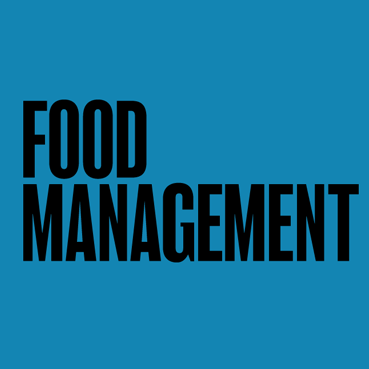Dairy Delights
July 1, 2003
FM Staff
Dairy Delights
When it comes to comfort food, ice cream and other frozen desserts rank right up there in popularity with potato chips and macaroni and cheese.
Americans consume a yearly average of 23.2 quarts of ice cream, ice milk, sherbet, ices and other commercially produced frozen dairy products and novelties. The category can be a significant source of on-site sales. With the wide variety of flavors and forms available, it’s important to know what’s best for your operation’s customers, and how to buy and store the product.
Forms
Frozen desserts come in many forms. Each of the following foods has its own definition, and many are standardized by federal regulations.
Ice cream consists of a mixture of dairy ingredients such as milk and nonfat milk, and ingredients for sweetening and flavoring, such as fruits, nuts and chocolate chips. Functional ingredients, such as stabilizers and emulsifiers, are often included in the product to promote proper texture and enhance the eating experience. By federal law, ice cream must contain at least 10 percent milkfat, before the addition of bulky ingredients, and must weigh a minimum of 4.5 pounds to the gallon.
Frozen custard or French ice cream must also contain a minimum of 10 percent milkfat, as well as at least 1.4 percent egg yolk solids.
Sherbets have a milkfat content of between one and two percent, and a slightly higher sweetener content than ice cream. Sherbet weighs a minimum of six pounds to a gallon and is flavored either with fruit or other characterizing ingredients.
Gelato is characterized by an intense flavor and is served in a semi-frozen state. Gelato contains sweeteners, milk, cream, egg yolks and flavoring.
Sorbet and water ices are similar to sherbets, but contain no dairy ingredients.
Frozen yogurt consists of a mixture of dairy ingredients such as milk and nonfat milk which have been cultured, as well as ingredients for sweetening and flavoring.
Novelties are separately packaged single servings of a frozen dessert–such as ice cream sandwiches, fudge sticks and juice bars–that may or may not contain dairy ingredients.
Ice Cream Label Terms
Reduced fat ice cream: contains at least 25 percent less total fat than the referenced product (either an average of leading brands, or the company’s own brand).
Low-fat: 3 grams of fat per serving or less
Light: 50 percent less fat or 33 percent fewer calories than a brand’s regular ice cream
Ice milk: can mean low-fat, light or both
Nonfat: less that .5 gram of fat per serving
No sugar added: neither ice cream nor add-ins can be sweetened with extra sugar; can use artificial sweeteners
Lactose free: breaks down sugar molecules to ease digestion. Not reduced-calorie or low-fat.
Quality segments
There are commonly used marketing phrases that describe ice cream products in terms of quality segments, such as "superpremium," "premium" and "economy."
Several factors can contribute to a product’s quality segment, such as price, brand positioning, product packaging, quality of ingredients and the amount of overrun (air) in the product. Overrun refers to the amount of aeration the ice cream undergoes during its manufacture that keeps the mixture from becoming an inedible frozen mass. Overrun is governed by federal standards in that the finished product must not weigh less than 4.5 pounds per gallon.
Superpremium ice cream tends to have very low overrun and high fat content, and the manufacturer uses the best quality ingredients.
Premium ice cream tends to have low overrun and higher fat content than regular ice cream, and the manufacturer uses higher quality ingredients.
Regular ice cream meets the overrun required for the federal standard.
Economy ice cream meets the required overrun and generally sells for a lower price than regular ice cream.
Handling and storage
Sufficient and conveniently located storage facilities capable of maintaining all ice cream and frozen novelties at reasonably uniform product temperatures of —20°F or colder should be provided.
Upon receipt, promptly move all ice cream and frozen novelty items to storage at —20°F or colder.
Take product temperatures upon receipt and request a manager’s advice prior to accepting delivery of any loads which are received with a temperature warmer than —10°F.
Rotate inventory on a "first-in-first-out" (FIFO) basis. Any cases not bearing rotation coding instructions should be dated upon receipt.
Ice cream and frozen novelty storage facilities should have sufficient circulation of refrigerated air. Loads should be spaced from the floor by a pallet or other means. fm
Resources: The International Dairy Foods Association offers more information on ice cream and other dairy products at its web site. Log onto www.IDFA.org.
About the Author
You May Also Like






